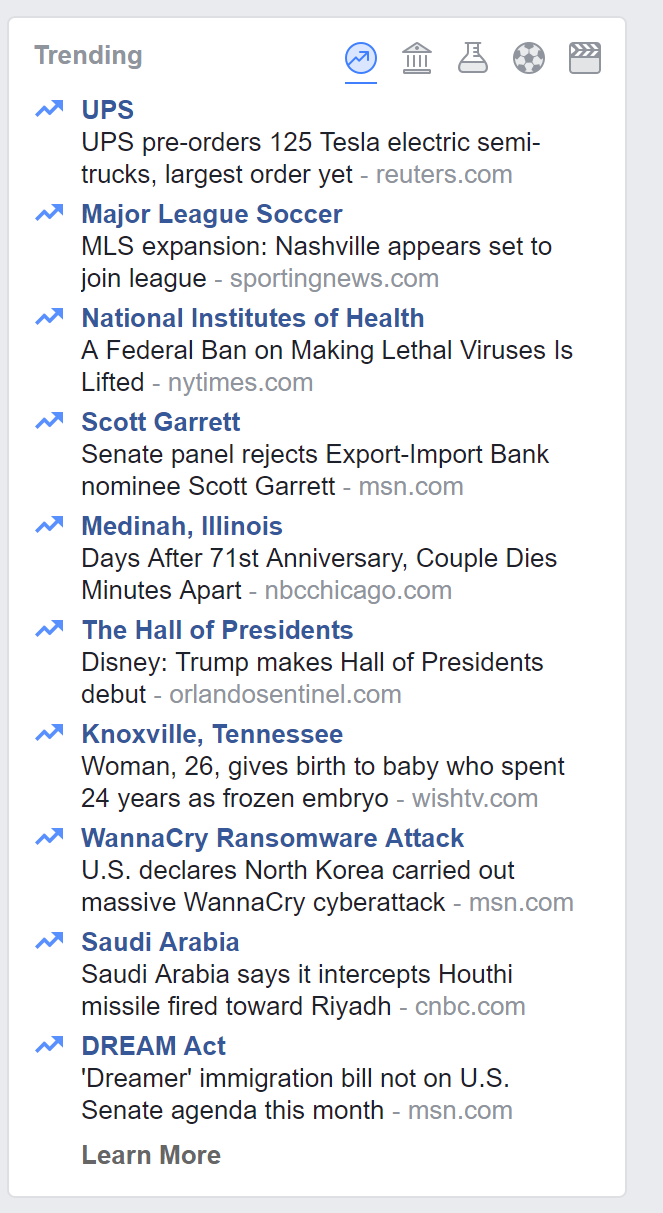

That Guardian article has, as of this writing, just 4,600 likes and shares.īy contrast, LifeSite’s one story about today’s eye-opening video has over 50,000 likes and shares on Facebook, and growing by the second. The second post, with just over 3,000 likes, linked to a CapitalNewYork article about how Florida was going to let three clinics caught performing illegal 2nd trimester abortions to continue performing abortions.Īfter that there were a large number of posts by my Facebook friends about today’s video, and then a bunch of posts by random news websites, mostly about the video, although there was one by The Guardian also claiming that state investigations haven’t turned up any evidence of wrong-doing – again, because in those states tissue donation is either illegal, or Planned Parenthood just doesn’t participate in tissue donation there. The first post, with a puny 2.6 thousand likes, linked to a Buzzfeed article that did include mention of how some states that had investigated Planned Parenthood’s fetal tissue donation program didn’t find anything amiss – because Planned Parenthood doesn’t have a fetal tissue donation program in those states. There I found, featured at the top, two posts by Planned Parenthood’s official Facebook page. So I clicked on the “trending” topic to see what it was all about. State inquiries into organization show no criminal evidence, report says.” This is – laughable as it might seem – what the descriptor said: “U.S. I wasn’t particularly surprised to see this afternoon that “Planned Parenthood” was listed as the #1 top-trending topic on Facebook’s trending bar.Īfter all, my Facebook newsfeed was packed to the seams with posts about the latest video, released this morning, featuring the gruesome testimony from a former StemExpress employee about how they harvested the brains of a baby while its heart was still beating at a Planned Parenthood clinic.īut then I looked closer at Facebook’s “trending” Planned Parenthood topic. Here’s what one pro-life activist noticed about Facebook’s Planned Parenthood’s baby organ harvesting coverage last August: We don’t have to just imagine that scenario unfolding, though. And then, if anybody gets wise to the racket, just tell them the choice was totally up to you and not dictated from above, as if that somehow makes deliberate blacklisting or censorship perfectly acceptable. Or, if that’s too much work, just manually manipulate the trending topic so it tells the exact opposite story from the one that is actually trending. Want to block coverage of the blockbuster Planned Parenthood videos that showed how the abortion provider went out of its way to harvest and traffic organs ripped from healthy, unborn babies, but without explicitly blocking that particular topic? Easy: just pre-emptively exclude organizations that covered the story from your list of preferred news providers. Based on that determination, the curators then have the power to blacklist any trending topic that isn’t sufficiently covered by the “preferred” sites. According to former news curators for the tech giant who talked to Gizmodo, the company first determines who is and isn’t a “preferred” news site.

You read that correctly: Facebook’s news curators regularly went out of their way to make sure coverage from conservative sites like The Blaze rarely found its way into Facebook’s coverage of trending news topics.įacebook’s trending topic blacklist protocol is especially egregious, because it gives its news curators multiple different ways of preventing conservative news or conservative news outlets from ever seeing the light of day. A topic was often blacklisted if it didn’t have at least three traditional news sources covering it, but otherwise the protocol was murky-meaning a curator could ostensibly blacklist a topic without a particularly good reason for doing so. News curators also have the power to “deactivate” (or blacklist) a trending topic-a power that those we spoke to exercised on a daily basis. They were also discouraged from mentioning Twitter by name in headlines and summaries, and instead asked to refer to social media in a broader context. They would regularly avoid sites like World Star Hip Hop, The Blaze, and Breitbart, but were never explicitly told to suppress those outlets. They were also told to select articles from a list of preferred media outlets that included sites like the New York Times, Time, Variety, and other traditional outlets.


 0 kommentar(er)
0 kommentar(er)
